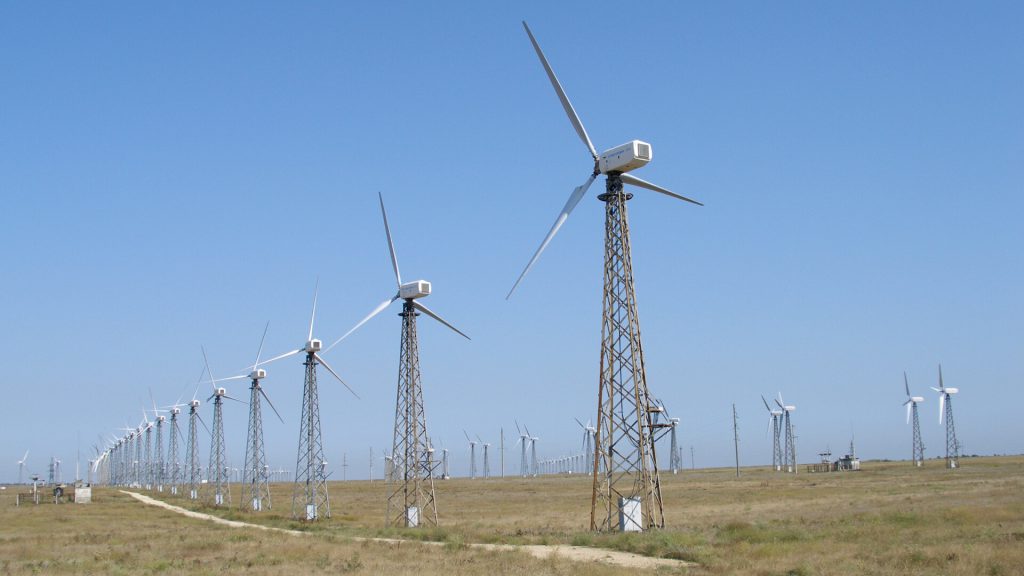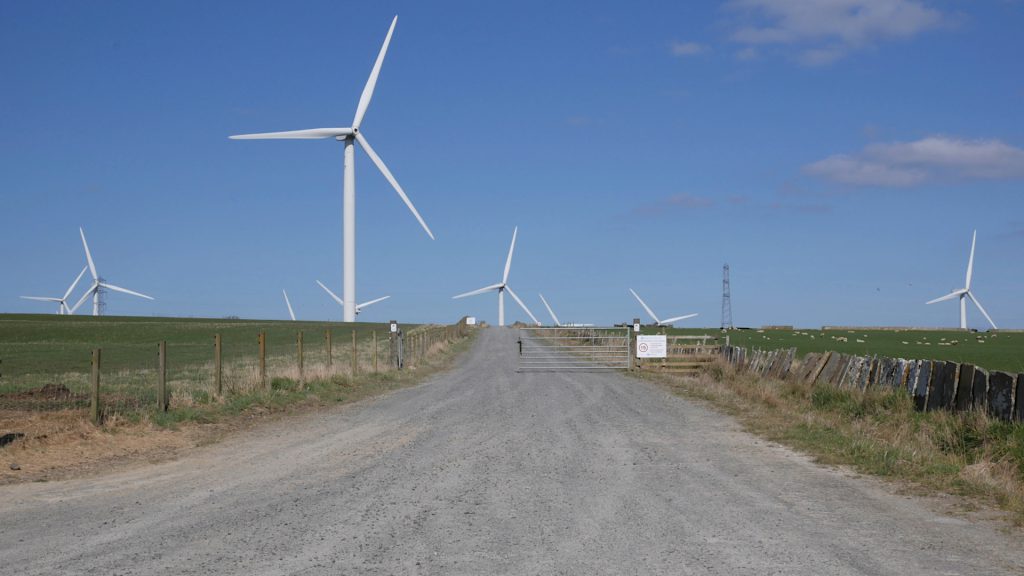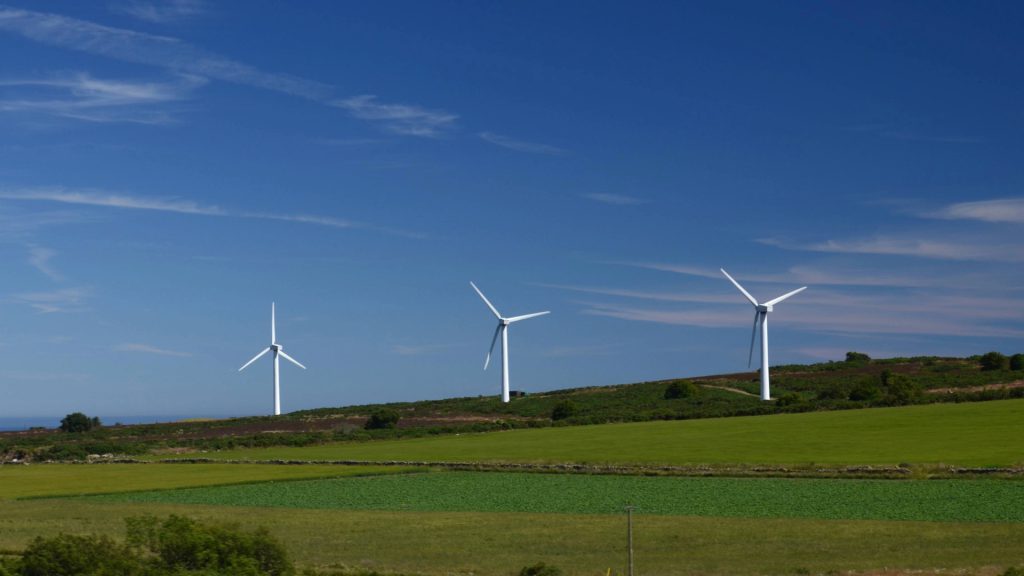Climate change has become an important part of public policy, particularly in the last fifteen years. Climate change activists have been looking for policy changes to benefit the planet since global warming data first became public in the 70’s, but it’s become especially dire now, due to scientists warning of catastrophic damage should greenhouse gas emissions remain at current levels.
Progress Made by Biden’s Administration
These warnings have been taken into significant consideration by the federal government. President Biden made a significant portion of his initial presidential campaign about the environment and green energy, appealing to younger Americans who have the planet as an important issue.

Since entering office, Biden has followed through on many of the commitments that he promised when he was campaigning. His historic infrastructure bill had many components that will foster the funding and development of green energy for America in the future, and he has worked with multiple different departments to set ambitious carbon emissions goals for America in the next thirty years.
Ensuring Compliance
The infrastructure funding, in particular, is important. Funding projects like solar panel fields and wind farms will go a long way towards making sure that America moves away from its reliance on dirty fuel, and will help bolster America’s electrical grid for the future.

These massive projects require significant oversight. Different jurisdictions need to be notified, paperwork needs to be filed appropriately, and reports are issued that ensure that funds are being used appropriately, as well as to make sure that no local or federal laws are being violated.
Considering Native American Rights
In America, it becomes particularly important to consider another factor when creating these massive projects: Native American reservations. These reservations operate like their own countries within America, with their own laws and their own jurisdiction when it comes to infrastructure and government.

One company, unfortunately, didn’t take this into consideration when seeking to develop a wind farm in Oklahoma. The Osage Nation is the predominant Indian tribe in the area, and are one of two parties at the center of the wind farm dispute.
A Case a Decade in the Works
The legal issue has been in the works for over a decade. In 2011, the Osage Nation filed a federal lawsuit against a wind farm that was being erected on their land. The lawsuit alleged that the project unlawfully deprived the Osage nation of the right to develop the mineral estate.

The project was initially denied, based on merit. The surface rights were leased to the defendants, Osage Wind LLC, Enel Kanas LLC, and Enel Green Power North America Inc., two years later.
Unauthorized Mining
The wind farm would have comprised of 84 turbines, spread across 8,400 acres of leased surface rights, as well as underground lines, overhead transmission lines, meteorological towers, and access roads.

Construction of the towers kicked off in October of 2013, and excavation for the towers began nearly a near later, in September of 2014. It was not smooth sailing for the project from there on out, though. In November of 2014, the federal government filed a federal lawsuit, pointing out that the defendants were involved in unauthorized mining and excavation in the Osage Mineral Estate.
Mineral Rights Administered by the Federal Government
Osage Nation’s mineral rights are administered by the U.S. Department of the Interior, and federal law requires that developers obtain a permit from the tribe’s Minerals Council to engage in mining activity in the county.

The lawsuit alleged that the developers hadn’t acquired any such permission. A federal district judge initially ruled in favor of the wind project in 2015, but then the 10th Circuit Court of Appeals in Denver reversed the decision in a 2017 ruling.
The Project in Limbo
Following the 2017 ruling, the project was left in limbo. The project was halted until a decision was made regarding the use of mining rights, but after it was ruled that the developers were violating Osage Nation’s rights, it became unclear which path forward the developers would take.

A recent ruling out of the U.S. Court of International Trade put the issue to rest, though. A ruling from Judge Jennifer Choe-Groves this past week ordered the removal of the wind farm from Osage Nation land, in a large win for Native American tribal rights.
Permanent Injunctive Relief
The ruling came in Tulsa federal court, granting the United States and the Osage Nation permanent injunctive relief through its Minerals Council. This relief would be achieved through “ejectment of the wind turbine farm for continuing trespass.”

Regarding the developers, and the issue of mining rights, the decision said, “The developers failed to acquire a mining lease during or after construction. As well as after issuance of the 10th Circuit Court of Appeals’ decision holding that a mining lease was required.”
Actively Avoiding Complying with the Law
“On the record before the Court, it is clear the Defendants are actively avoiding the leasing requirement,” she went on. “Permitting such behavior would create the prospect for future interference with the Osage Mineral Council’s authority by Defendants. Or others wishing to develop the mineral lease.”

She concluded, “The Court concludes that Defendants’ past and continued refusal to obtain a lease constitutes interference with the sovereignty of the Osage Nation and is sufficient to constitute irreparable injury.”
Unfortunate, and Unforeseen
This is an unfortunate decision for the developers, though not an uncommon one. Violating Native American land rights is a sadly common occurrence, with reservations being shrunk down and encroached upon year after year.

This decision is a particularly important win, not only for the Osage Nation but for Native American tribes across the country. Had the case been anywhere else, it might not be so surprising that the Court ruled in the favor of the prosecution, but Native American rights have consistently been proven to be of lower priority to the United States legal system. Therefore, this is a big win.
A Win for the Osage Nation
Osage Mineral Council Chairman, Everett Waller, was very happy with the outcome. However, he stated that he was “stunned” by the ultimate outcome.

“I hope no other tribe has to do what we had to do,” he said, regarding the lengthy court battle. “This is a win not only for the Osage Minerals Council; this is a win for Indian Country.”
A Setback for Green Energy
The decision is, admittedly, a setback for green energy efforts in America. However, the win for Native American rights is a significantly more important part of the issue, despite the fact that at least one of the defendants is considering appealing the decision, possibly up to the Supreme Court.

The companies released a statement regarding the decision, stating that it would cost them around $300 million to remove the wind farm from the Native land. A court date is also pending, which will decide whether the companies must compensate the Osage Nation for the material that they dug up during the court of construction of the project.
A Bumpy Road Ahead
Creating a zero-emissions and green energy culture in America won’t be a smooth ride, as is evidenced by this conflict between developers and Native Americans. While looking for ways to create more green energy in America is important, respecting the citizens of the country is just as important, if not more so.

The case might be appealed up to the Supreme Court, which would stretch the legal saga out even further. However, in the meantime, it’s an important win for the Osage Nation. Green energy will always be there to be developed, but for Native Americans, their land is sacred and shouldn’t be encroached upon, not for any reason.






